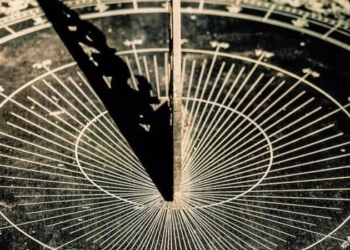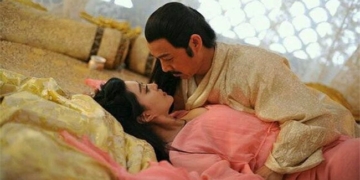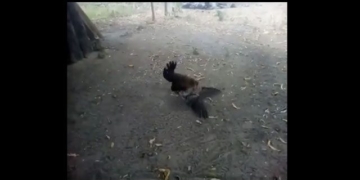It turns out that ancient emperors had a special reason for using silver needles to test for food poisoning.
During the feudal era, wealthy families often preferred to use silver chopsticks when dining. Specifically, before a meal, emperors would have eunuchs and palace maids use silver needles to test for poison. If the silver needle turned black, it indicated that the food was toxic. This scene is frequently depicted in Chinese historical dramas.
So, in reality, did the emperors’ method of using silver needles to test for poison actually work?
According to scientists, experiments have shown that the majority of poisons commonly used in ancient times were arsenic, specifically its oxide form, arsenic trioxide (As2O3). Silver is a metal that does not react with arsenic. This means that the phenomenon of silver turning black upon contact with arsenic, as often portrayed in historical films, does not occur.
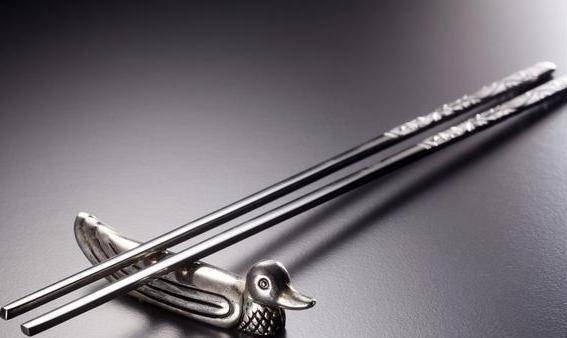
Silver chopsticks are one of the items used to test for poison in dishes served to the emperor.
However, the fact is that using silver to detect poisons in food and drink was not entirely incorrect. In ancient times, because the technology for poisoning was not perfected, there were still small amounts of sulfur and sulfide present in arsenic. Therefore, the reason why silver needles or hairpins turned black was due to their chemical reaction with sulfur.
This poison was revealed due to the presence of sulfur. Thus, from this discovery, silver objects could indeed test and detect poisons in ancient times. This method could help reduce the risk of poisoning since ancient toxins often contained sulfur.
However, with the advancement of modern technology, high-purity arsenic no longer has the ability to cause silver to change color.
Besides silver objects, what other methods did emperors use to avoid poisoning?
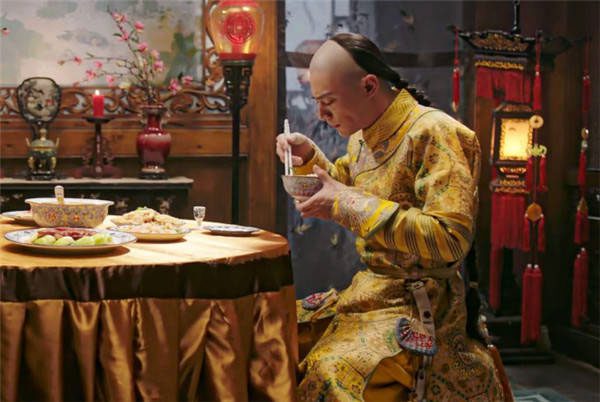
Poisoning the emperor’s food was a very difficult task in ancient times.
In the feudal era, while using silver needles or hairpins to prevent poison was common in the imperial court, emperors had other ways to avoid the risk of poisoning. Specifically, it was extremely difficult to poison an emperor’s food due to the strict cooking process.
Firstly, the dining locations were not fixed. The emperor could eat anywhere he desired. For instance, historical records show that Emperor Qianlong changed dining locations three times in just two days. This could help prevent assassins from ambushing or those with nefarious intentions from poisoning him.
Secondly, chefs were rigorously selected. During the Qing Dynasty, all chefs in the imperial kitchen were carefully chosen, with thorough investigations conducted into their backgrounds. Furthermore, each kitchen, selection and preparation of ingredients, and cooking processes were monitored and executed by multiple people. Each dish had a clear record of the chef’s name. If any chef dared to poison the emperor, they would surely be discovered, and their entire family would also be implicated.
Additionally, each dish prepared for the emperor was made in two portions. One portion was for the emperor to eat, while the other was used for testing. This method served to address potential dangers at the root.
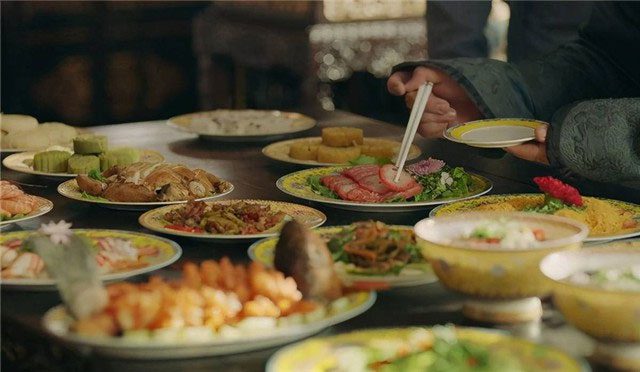
Each dish served to the emperor was carefully supervised and documented with many complex procedures.
Thirdly, the serving process was closely monitored. It was not easy to poison the dishes on the way to the emperor. This process was always overseen and watched closely. Moreover, there were many soldiers and guards in the palace. Therefore, any suspicious actions were likely to be detected by others.
Finally, as soon as the food was presented to the emperor, there was always a cautious eunuch who would taste each dish using silver chopsticks or spoons. Thus, if there were any poison, the emperor could avoid the risk.
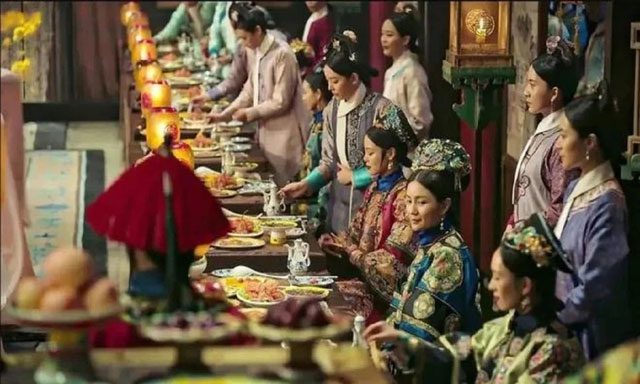
The dining rules in the palace are very strict to prevent the emperor and the royal family from being poisoned.
Notably, during the Qing Dynasty, there was also a rule of “not eating more than three bites.” In his memoir My Early Life, Puyi, the last emperor of the Qing Dynasty, revealed that no matter how delicious the food was, the emperor could not eat more than three bites. This rule was passed down from the ancestors of this dynasty.
After the emperor took his third bite, the dish would be immediately removed. This rule was established to prevent the emperor’s preferences from being disclosed, thereby guarding against those who intended to poison him.








































